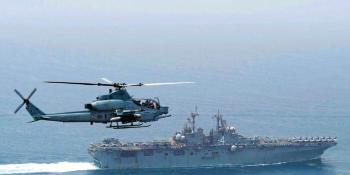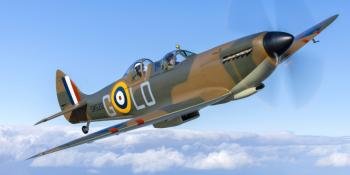The USAF’s A-10 fleet has often had a contentious relationship with the service’s senior leadership – but the ‘Warthog’ has had a great deal of support from elected officials that control the defence budget. Tom Kaminski reviews the debate so far.
A-10 THUNDERBOLT II SPECIAL
For the past three years the US
Air Force has been attempting to retire the Fairchild Republic A-10 Thunderbolt II close air support (CAS) aircraft – but it’s been rebuked each time by lawmakers.
Around 280 A-10Cs are currently operated by 17 active USAF, Air National Guard (ANG) and Air Force Reserve Command (AFRC) units. It now appears the fleet is safe from retirement until 2021 or later. Often looked down on by some fast-jet pilots, the aircraft’s design soon earned it the nickname ‘Warthog’ – but given its tenacity and ability to absorb punishment and survive, its crews have considered it a term of endearment over the past four-and-a-half decades.
Throughout its career, however, concerns over the aircraft’s speed and its survivability in high-threat environments led the USAF to start considering replacement options as early as 1984. Those attempts resulted in the development of the LTV A-7F, which first flew in November 1989, a…







